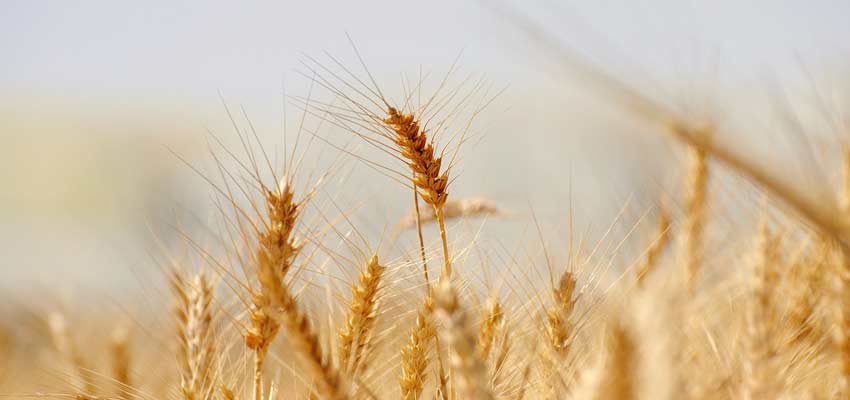Also 2014 an increased occurrence of ergot in cereals and expecially in rye is to be expected.
What exactly is ergot?
The term 'ergot' describes fungal structures of the Claviceps type that grow on sheaves of cereals or grasses instead of grains or seeds, and have the appearance of large, dark sclerotia. These sclerotia contain different classes of alkaloids, above all ergometrine, ergotamine, ergosine, ergocristine, ergocryptine and ergocornine, as well as their epimeric forms. Depending on the strain of fungus, the extent and pattern of the toxins can vary according to host plant and geographical region.
There is a recommendation from the European Commission 2012/154/EU on the monitoring of ergot alkaloids in feed and food products. Monitoring in the food sector should cover grain, cereal products and compound food products. In the feed sector, grain, cereal products, pasture grasses, forage grasses and compound feed products should be monitored. Food and feed manufacturers should be actively involved in the monitoring process.
In this context, it should be noted that across the EU a maximum level of 1 g/kg is stipulated by Directive 2002/32/EC for undesirable substances in animal feed in the form of ergot (Claviceps purpurea), for raw materials of feed products and compound feed that contains unground cereals.
There is no maximum level for ergot in food, either in Germany or the EU as a whole. However, German food regulators like to apply a reference value of 1 mg/kg for ergot alkaloids (= total of 12 compounds).
The European Food Safety Authority (EFSA) established the following values for the daily tolerable intake quantity of ergot alkaloids 0.6 micrograms per kg of body weight and per day, and 1 microgram per kg of body weight for the acute reference dose – with these values being confirmed by Germany's Federal Institute for Risk Assessment (BfR)
LUFA-ITL performs routine testing for the following ergot alkaloids:
- Ergocristine/ergocristinine;
- Ergotaminee/ergotaminine;
- Ergocryptine/ergocryptinine;
- Ergometrine/ergometrinine;
- Ergosine/ergosinine;
- Ergocornine/ergocorninine.
You can download the recommendations for Action to minimize ergot and ergot alkaloids in cereal.
If you would like more information, please contact our local distributors (see right: your regional points of contact)

 Contact
Contact

 Contact
Contact Career
Career